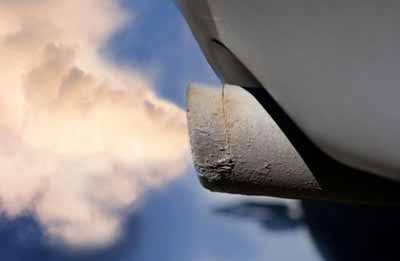
:max_bytes(150000):strip_icc()/carbon-monoxide-poisoning-causes-22-5af1ab0e3037130036d35337.png)
- #Carbon monoxide poisoning symptoms in car how to
- #Carbon monoxide poisoning symptoms in car install

Have all your fuel-powered appliances inspected yearly. We mentioned this when discussing finding and preventing CO leaks, but it's worth mentioning again. Regardless of which alarm you decide to install, do so according to the manufacturer's instructions, as these are tested for optimal accuracy and protection. If your home is a smart home, options like the Nest Protect, First Alert and Roost include smoke and carbon monoxide detection.
#Carbon monoxide poisoning symptoms in car install
You should also check with local laws and building codes to ensure CO alarms are installed anywhere they are required.īe sure to install CO detectors that have a recognized testing laboratory, like Underwriters' Laboratories. The National Fire Protection Agency recommends installing a carbon monoxide detector outside each sleeping area and on each floor of your home. So, how can you keep it from happening? Carbon monoxide detectors Suffice it to say, carbon monoxide poisoning is a serious issue with potentially long-lasting effects. CO is known to be so damaging that there is a long-standing debate on whether people who have been poisoned by carbon monoxide can be organ donors. Even if CO poisoning isn't deadly, it can cause long-term or permanent damage to vital organs like the brain, heart and lungs. Prevention is the best approach with carbon monoxide poisoning.
#Carbon monoxide poisoning symptoms in car how to
See all photos How to prevent carbon monoxide poisoning The best way to prevent CO leaks is to have your home's fuel-powered equipment thoroughly inspected each year.

If you find any of these issues, take action fast.

These are the most common symptoms associated with CO poisoning. This is why CO is often referred to as "the silent killer." If they are not familiar with the risks and CO poisoning symptoms, they may mistake those symptoms for other illnesses. The fact that CO is odorless and invisible makes it even more dangerous, because people often do not suspect exposure until they have already become ill. Each year in the US, more than 400 people die from unintentional CO poisoning, more than 20,000 end up in the emergency room and more than 4,000 are hospitalized. Carbon monoxide indoors or without proper ventilation can result in carbon monoxide poisoning and can be deadly. Sounds pretty harmless, right? Not always. If you burn fuel in vehicles, small engines like lawnmowers, water heaters, clothes dryers, grills, gas fireplaces, gas ranges or gas furnaces, you have come in contact with carbon monoxide. You've most likely heard of carbon monoxide, but do you know what it is? Is it dangerous? Do you need a carbon monoxide detector in your home?Ĭarbon monoxide, or CO, is a colorless and odorless gas commonly found in home appliances and vehicles.


 0 kommentar(er)
0 kommentar(er)
